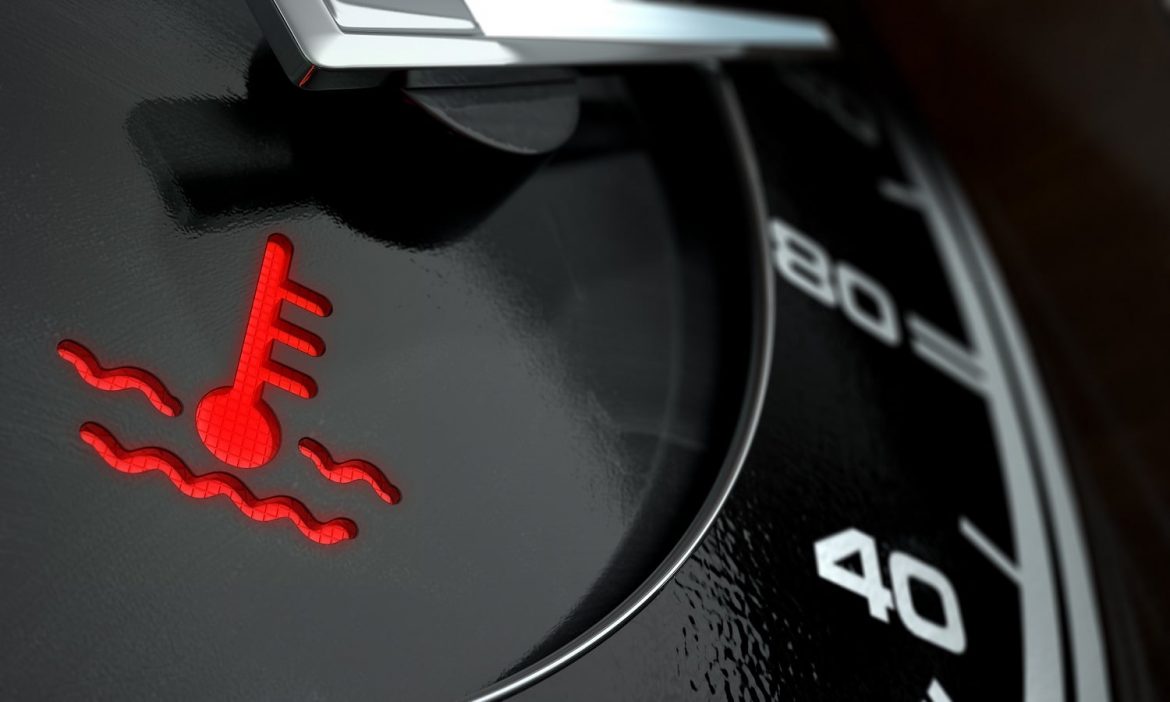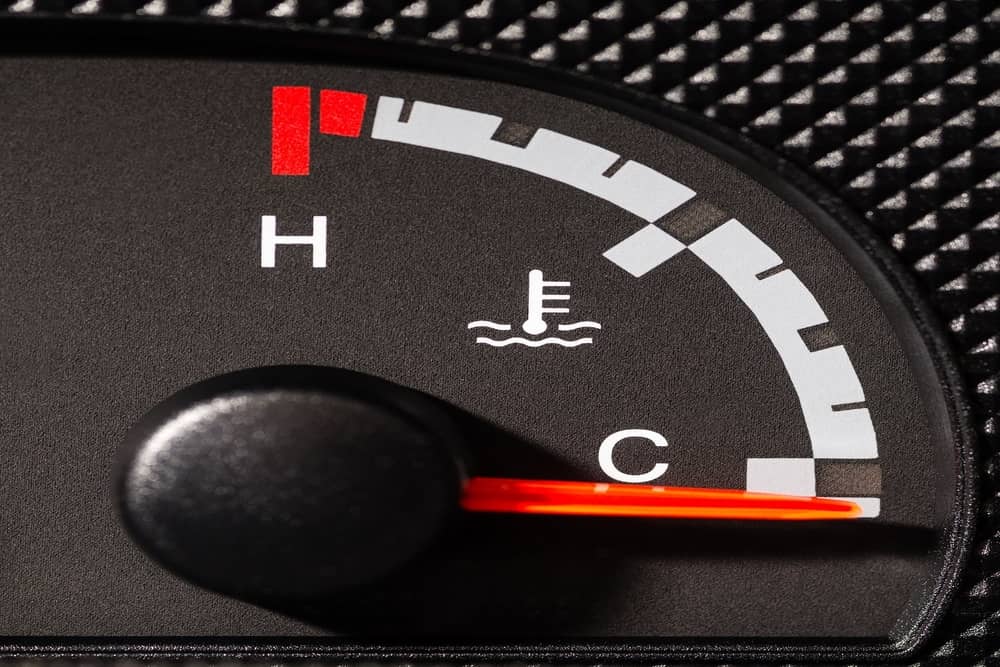Coolant, antifreeze: tomato, tomahto. Coolant and antifreeze are the same thing, right?
Not so much. Though many people use these terms interchangeably, they are not exactly the same. For many car and truck owners who occasionally pour the contents of a container they bought at the auto supply store into their coolant reservoir, the difference is inconsequential. As long as you buy the right stuff and follow the directions, what difference does it make? The liquid could be called Beyonce Knowles for all you care and it wouldn’t change how it works.
Still, there is a difference that every vehicle owner should understand, because confusing the two could wreak havoc with their vehicle.
Coolant vs. Antifreeze
Before comparing coolant and antifreeze, it is helpful to understand how the fluid in question works in an automobile engine. A car or truck engine produces intense heat, both because sparks are igniting fuel and air to cause mini-explosions inside it and because its parts are moving at hundreds of miles an hour against each other continuously. Most automobile engines operate at roughly 195-220 degrees Fahrenheit. That is an important range for a reason you will see in a few seconds.
Water is a superb cooling agent. It readily absorbs and dissipates heat. Water alone could do a great job flowing through the cooling system and regulating engine temperature.
There is just one problem: Water boils at 212 degrees F, within the limits of ordinary engine operation. That means the engine could boil off the water acting as coolant before it could do any good. Steam – water in a gaseous state – has different properties then water and would not work well as coolant. Most importantly, it does not flow, which means it would not circulate through the cooling system, removing heat from the engine and releasing it in the radiator.
Water also freezes at 32 degrees F. The water in a vehicle would freeze overnight at least part of the year in most U.S. climates. Water in a solid state – that is, ice – also does not flow. It also would not be a good cooling agent.
Recognizing this, the early automobile inventors added chemicals to water to create a coolant that would flow like water and absorb heat well but avoid freezing when ambient temperatures are low and boiling inside the engine. The two most common chemicals used as anti-freeze are ethylene glycol and propylene glycol – a pair of alcohol-based chemicals that do not freeze until temperatures drop much lower and do not boil until temperatures reach much higher.
For example, propylene glycol freezes at -74 degrees F, a temperature rarely reached outside the Arctic and Antarctic, and boils at 370 degrees F, well above ordinary engine temperature.
Either of these chemicals, usually in combination with some other additives that break down debris and prevent corrosion, are sold as antifreeze. So there you have it: liquid ethylene or propylene glycol is antifreeze.
Then Is Antifreeze Coolant? And Is Coolant Antifreeze?
Antifreeze does a great job of remaining liquid at extreme temperatures, but antifreeze alone is insufficient to cool an engine. That is because nothing absorbs and releases heat, and flows smoothly through hoses around an engine, like water.
Water is the great heat transfer agent. Antifreeze withstands temperature extremes. Together, they are the perfect combination, like chocolate and peanut butter in Reese’s Peanut Butter Cups. That is why antifreeze is added to water in a 50/50 mix, to produce a final product we call coolant.
Do I Have to Mix My Antifreeze with Water?
Go to a supermarket or auto supply store and buy a container of antifreeze. It may very well say right on the label that water should not be added. What is that all about?
Most of the top antifreeze manufacturers combine the antifreeze and water for consumers in advance. A container of Prestone “Antifreeze + Coolant” instructs the user “Do not add water. Prediluted 50/50.” They are actually selling the coolant for a car and calling it antifreeze, making consumers’ lives easier in the process.
It is possible to buy antifreeze alone, sometimes called concentrate. It may be less expensive that way but requires the addition of water before pouring into the coolant reservoir. If that sounds like a small inconvenience to save money, consider how much coolant costs—or how little. A gallon container of pre-mixed coolant runs less than 10 bucks and likely lasts a year or two of normal operation. How much coolant is necessary? During a radiator flush, when the coolant is emptied, a Toyota Camry requires about two gallons of coolant; a Ford F-150 takes about five gallons.
Dyeing Antifreeze to Detect Leaks
Ethylene and propylene glycol are both colorless, but ethylene glycol is sweet smelling and tasting. This can be a problem because it is dangerous to ingest. It should be kept away from children and pets. If it spills, clean it up immediately to prevent Fido, Fluffy or even local wildlife from licking it up.
Coolant manufacturers color-code their product to help make leak detection easier and to distinguish the different additives in them. Generally speaking, antifreeze dyed green contains silicates to prevent metal from rusting in older vehicles. This is mostly used in cars and trucks over 30 years old. It can make the fluid feel slick, as if it contains oil.
Pink, orange and dark green color indicates the product does not contains silicates. Newer vehicles generally do not require that. Instead, they contain additives to inhibit corrosion.
Yellow and orange antifreeze has both silicates and additives.
The Coolant Leak Problem
The most common problem with coolant is a leak. Coolant leaks matter because a decline in the coolant level means less cooling of the engine, more stress on the water pump and possible overheating. It also suggests that coolant – which includes potentially toxic chemicals – is leaching into the environment.
The main sources of coolant leaks are the radiator, the hoses that run from it and all the connections in the cooling system. Coolant may also seep from the water pump, the coolant reservoir and, worst case scenario, from a blown head gasket. In any case, the source of the leak should be found as soon as possible and repaired in one of three ways.
Once the leak is found, the offending element can be repaired or replaced. That can cost anywhere from $150 to over $1000 if the head gasket is the issue. A new radiator cap, if that is the culprit, is only $10 or $15.
If repair or replacement isn’t an option, it can often be fixed with a chemical additive formulated specifically to repair coolant leaks, like BlueDevil Coolant Stop Leak. The fluid in a $24 bottle bonds to metal, aluminum, cast, alloy, or plastic, and eliminates further loss of coolant from the system. To use, simply allow the engine to cool, then start it up and run the heater at full blast. Slowly pour the contents of the bottle into the radiator and then secure the radiator cap. Allow the vehicle to idle for 45 minutes to circulate the product. Turn off the engine and allow it to cool for an hour before starting it up again. Leaks should be sealed.
The Coolant in Oil Problem
A less common problem with coolant is mixing with oil, whether that is coolant in oil or oil in coolant. Oil belongs in the cylinder, where a metal piston pumps up and down hundreds of times every minute. The oil lubricates the cylinder against the metal piston.
Coolant belongs in hoses circulating around the engine, gathering up the heat being produced in there. Keeping those two separate is the singular job of the head gasket, a thin strip of material precision machined to form an impenetrable barrier on the cylinder head between the coolant and the oil.
Oil interferes with the cooling ability of water and antifreeze, and prevents their swift flow through the cooling system. Coolant can thin out the oil, inhibiting the efficient work of lubricating. It can also cause rust and corrosion inside the cylinder.
Holes, cracks and warping in the head gasket, also known as a blown head gasket, allow oil and coolant to mix. This is an automotive catastrophe if allowed to persist.
For a blown head gasket, there are two possible solutions. The hard part repair of disassembling the engine and replacing the head gasket is the best option. An alternative when repair isn’t an option is to flush the radiator and apply BlueDevil Head Gasket Sealer. BlueDevil seeks out the leak and creates a chemical weld at the leak point only by detecting a difference in temperature.
Performing a radiator flush is easy and the coolant flush cost is a mere $25 for new coolant, the flush and distilled water. A mechanic will charge about $100.
Whether you buy coolant ready to go or mix your own antifreeze and water, it’s vital to your engine to keep this important fluid topped off at all times and to repair any leaks that could affect your radiator’s ability to function.
BlueDevil Products can be found at AutoZone, Advance Auto Parts, O’Reilly Auto Parts, NAPA, Parts Authority, Auto Value, Bumper to Bumper and other major auto parts retailers.
BlueDevil Products can be found on Amazon.com or at AutoZone, Advance Auto Parts, O’Reilly Auto Parts, NAPA, and other major auto parts retailers.
2 responses to "Are Coolant and Antifreeze the Same Thing?"
2 Comments
Leave a Reply
Related Articles




It’s 38 degrees outside, I have not yet put antifreeze in my car. Is it alright to drive it now ?
Eileen-
As long as the temperature doesn’t fall to freezing, you should still be fine. However, we recommend getting your coolant (water/antifreeze) back into the system asap to keep it from freezing and to lubricate the system properly.
Thank you!
-BDP